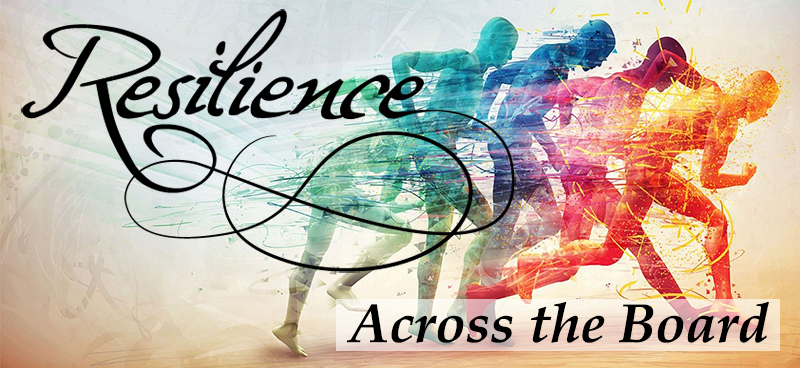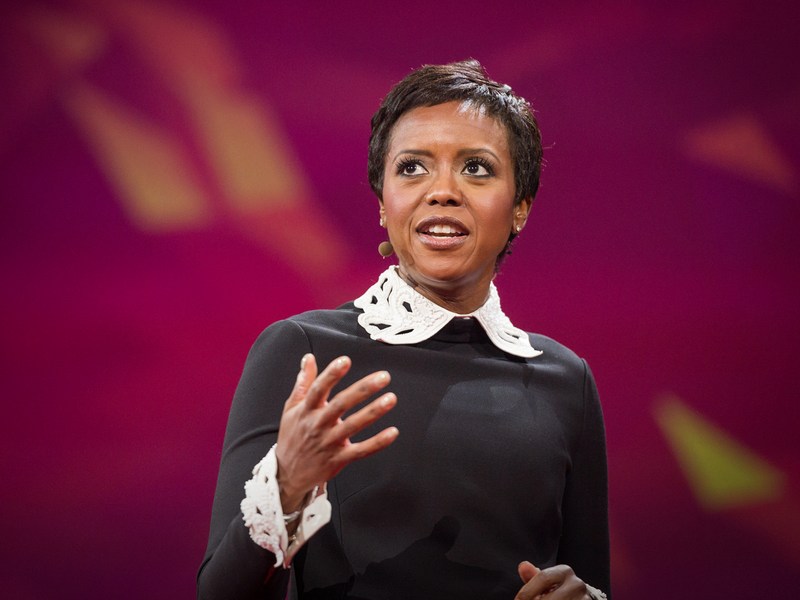On November 5th,
2016 I attended the 19th Annual Promising Practice Conference, which
had the theme “Resilience Across theBoard: A Strength-Based Approach to Foster Resiliency in All Communities”.
The conference began with an opening speech by keynote speaker Dr. Robert
Brooks and comprised various diverse workshops, all related to the main conference
theme, which attendees could choose from.
 Dr. Robert Brooks began
his speech by offering a detailed description of specific characteristics that
he believes are important predictors of resiliency. He argued that individuals who
develop positive social connections, maintain an optimistic mindset, and have a
strong sense of self-efficacy are more likely to be resilient. After describing
what makes a person resilient, Dr. Brooks proceeded to explain why it is important
for teachers and other youth work professionals to encourage the development of
these specific characteristics as it helps youths successfully cope with issues
in their lives. Dr. Brooks defined those who cultivate positivism, connectivity,
and the development of self-efficacy into their work with youths as
“charismatic adults” who positively influence youths’ lives and encourage resiliency.
These charismatic adults model the basic principles of determination and
strength by forming lasting and meaningful relationships with the youths. They
also encourage the formation of safe and open communities by being empathetic
and optimistic, and by offering youths opportunities to develop a strong sense
of self efficacy, and feel they are making a difference. In other words, Dr. Brooks’
definition of a “charismatic adult” echoes our description of a Youth Worker:
an individual dedicated to empowering youths by offering them opportunities to
lead and by creating environments in which their strengths are highlighted. The
youth worker, like the charismatic adult, leads with positivism and enthusiasm
and creates social connections. The only difference is that the youth worker also
uses purposeful play as an educational tool.
Dr. Robert Brooks began
his speech by offering a detailed description of specific characteristics that
he believes are important predictors of resiliency. He argued that individuals who
develop positive social connections, maintain an optimistic mindset, and have a
strong sense of self-efficacy are more likely to be resilient. After describing
what makes a person resilient, Dr. Brooks proceeded to explain why it is important
for teachers and other youth work professionals to encourage the development of
these specific characteristics as it helps youths successfully cope with issues
in their lives. Dr. Brooks defined those who cultivate positivism, connectivity,
and the development of self-efficacy into their work with youths as
“charismatic adults” who positively influence youths’ lives and encourage resiliency.
These charismatic adults model the basic principles of determination and
strength by forming lasting and meaningful relationships with the youths. They
also encourage the formation of safe and open communities by being empathetic
and optimistic, and by offering youths opportunities to develop a strong sense
of self efficacy, and feel they are making a difference. In other words, Dr. Brooks’
definition of a “charismatic adult” echoes our description of a Youth Worker:
an individual dedicated to empowering youths by offering them opportunities to
lead and by creating environments in which their strengths are highlighted. The
youth worker, like the charismatic adult, leads with positivism and enthusiasm
and creates social connections. The only difference is that the youth worker also
uses purposeful play as an educational tool.
After Dr. Robert
completed his speech, the workshops began and attendees were invited to attend
their workshop of choice. The first workshop that I attended was titled “Promoting
Resiliency in Kindergarten: How Mindfulness and PBIS [Positive Behavior
Interventions and Support] can work together.” As indicated by the title, this discussed
the inclusion of mindfulness practices in schools, especially at early
elementary level. The presentation was directed by a Henry Barnard teacher and
two representatives of the school’s psychology department. During the
presentation, each offered their opinions and experiences regarding the
inclusion of mindfulness ideals in the classroom. The workshop began with a
detailed definition of mindfulness, its practices and techniques, and examples
of its proven positive effects on children’s behavior. The introductory segment
also included a description of the PBIS framework, which comprises a series of
interventions to help children successfully develop behavioral and emotional
skills. After the presenters introduced and defined mindfulness and PBIS, they
explained how to successfully combine these two practices to help children become
more resilient and in contact with their emotions. The goal of teaching
mindfulness in conjunction with PBIS is for children to be more aware of their
actions and understand the benefits of certain behaviors, rather than absent
mindedly doing something because it is what is expected of them. Mindfulness
practices also help diminish the occurrence of certain negative behaviors such
as aggression and disruption as it helps children find coping mechanisms that
help them avoid said actions. During the presentation, we also practiced some
mindfulness methods, such as breathing exercises and meditation techniques
similar to the methods taught to Henry Barnard students. The themes described
in this presentation resemble the ideas discussed during our youth development
mindfulness class, but the presenters also explained how mindfulness can be
combined with other behavioral and emotional approaches such as PBIS.
 |
| Participants were directed to play different group games including Jenga |
The last workshop that I
attended was called “Building Resiliency Through Play” and focused on
purposeful play to develop different resiliency skills. During the workshop,
participants were directed to play different group games and icebreakers, and
then discuss the lessons and ideals promoted through the activities. For
example, one game required partners to hold three letter blocks between their
index fingers, creating a small bridge between them. The participants were not
allowed to use their other hand or their free fingers to support the structure to
prevent the bridge from collapsing. After creating the bridge, the participants
were asked to move around the room while holding their bridges. This difficult
task was made more complicated as attendees were also given the option to break
other people’s bridges with their free hand. If you wanted to protect your
bridge you could use your free hand to try to block any attacks—without
touching the structure of course. This meant that as a participant, you had to make
a choice to break or protect. Despite the competitive nature of
this activity, the room was filled with laughter and enthusiasm as people broke
bridges, protected their own, and reconstructed their collapsed bridges to keep
participating in the game. After a couple of rounds, the group reunited to discuss
the game. During the debrief we talked about what resiliency ideals and skills
were exemplified through game. For example, all participants kept
reconstructing their bridges every time the blocks were knocked out; this
scenario illustrated the principle of perseverance and the importance of
resiliency. Also, having a partner available to help showed how supportive relationships
can foster resiliency.
 I enjoyed this year’s Promising
Practice Conference and the workshops that I attended; they inspired me to
introduce more mindfulness techniques to my own life, and to play more. As a
future youth development professional, I will apply many of the concepts that I
learned, such as meditation techniques and resiliency building activities. I will
especially remember that being a youth worker means being a charismatic adult,
one that will instill positivism and foster unity in the safe and open
environments they create.
I enjoyed this year’s Promising
Practice Conference and the workshops that I attended; they inspired me to
introduce more mindfulness techniques to my own life, and to play more. As a
future youth development professional, I will apply many of the concepts that I
learned, such as meditation techniques and resiliency building activities. I will
especially remember that being a youth worker means being a charismatic adult,
one that will instill positivism and foster unity in the safe and open
environments they create.





















